Responsible shopping to give back to people in need: Brands are responding to growing demand from consumers to have a greater social purpose
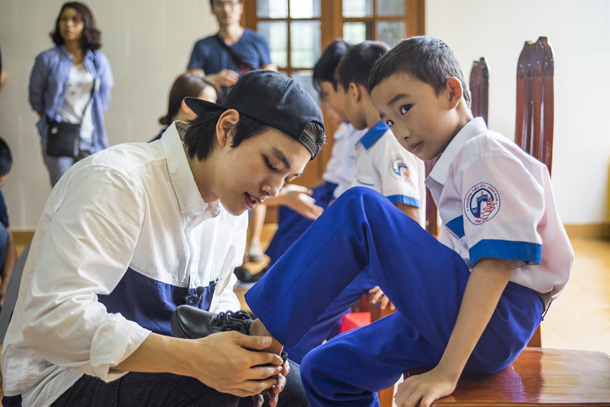
Actor Yeo Jin-goo helps a Vietnamese boy put on his new pair of shoes donated by shoe brand Toms during his Giving Trip to Vietnam. His trip was documented and aired in 10 countries on tvN Asia Dec. 10. [TOMS]
One way to engage in year-end giving is turning to brands that are socially responsible while doing your year-end shopping. More and more young consumers are beginning to realize the responsibility of being conscious about the purchases they make and recognizing the power of making positive differences for the people who create fashion items for them.
A study by Nielsen also reported that 55 percent of global online consumers across 60 countries said they are willing to pay more money for such brands, explaining that “it is clear that a brand’s social purpose is among the factors that influence purchase decisions.”
Thankfully, there’s an increasing number of socially responsible brands that are specifically dedicated to ethical practices.
The Korea JoongAng Daily introduces some brands that have been quite active with their social responsibility.
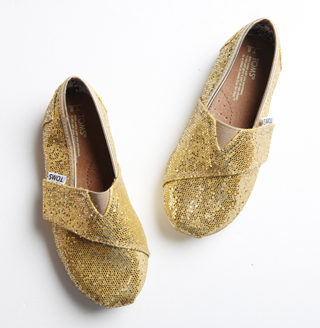
One of the most well-known socially responsible brands is Toms, which has given a new pair of shoes to an impoverished child whenever a customer purchases a pair since the company was established in 2006. Its founder, Blake Mycoskie, established the company to come up with a sustainable way to help young children in need of shoes after witnessing children walking around with no shoes during a trip to Argentina. Marking the 10th anniversary this year, Toms decided to familiarize its philanthropic projects to Korean and other Asian consumers by sending Korean actor Yeo Jin-goo on a Giving Trip to Vietnam. By teaming up with Toms’ Giving Partners, Project RENEW, Yeo’s trip was documented and aired on CJ E&M’s entertainment network tvN in 10 countries on Dec. 10.
“So far, we’ve provided over 70 million pairs of new shoes to children in need since the company was founded in 2006,” said Betty Ho, regional marketing director at Toms Asia Pacific, during a press conference in Seoul early this month prior to the airing of the documentary.
“By joining Toms’ Giving Trip, Yeo was able to give shoes to 200 children in need, as well as playing games, teaching Korean and making unforgettable memories with the children.”
During the trip, Yeo helped out measuring the shoes sizes of the children and distributing them to those living in the DongHa region of Quang Tri province, which is still full of explosive landmines planted during the Vietnam War.
“I feel honored to be able to be a part of this Giving Trip and witness how the shoes we purchased at Toms help these children in need,” said Yeo. “Before this trip, I somewhat regarded the act of giving as something grand and something that’s done with much effort, but I realized that it can be as simple and easy as any of our habits.”
Taking its philanthropic mission a step further, Toms expanded to help save or restore eyesight for people in developing countries by using a part of the profit made whenever it sells a pair of eyewear since 2011. According to the company, it has restored eyesight for more than 400,000 people in more than 13 countries. Since 2015, Toms began to help provide safe water to a person in need with each purchase of its coffee as well as helping to provide training for skilled birth attendants and distribute birth kits with every purchase of a Toms’ bag. So far, Toms managed to help 25,000 mothers to safely give birth in four countries and provide clean water to seven different countries. A pair of Toms’ signature Argentine alpargata design slip-ons cost around 40,000 won ($33) and price varies depending on the material used.
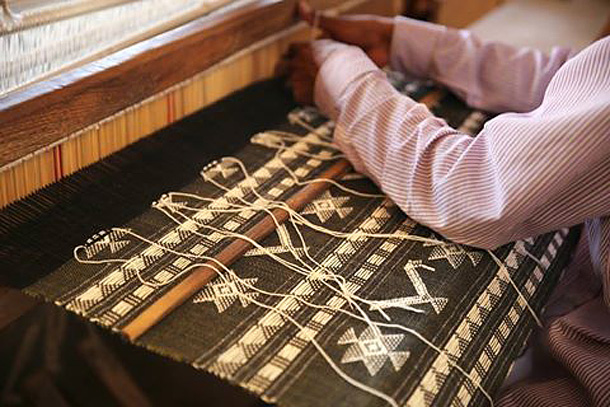
Bags made with textiles woven by artisans from underdeveloped countries are attracting young consumers who want to own a unique bag while engaging in a good deed.
Last summer, the so-called Mochila bags became the latest fad in Korea, and even fake ones at a cheaper price could be found. By working closely with the indigenous Wayuu tribe in Colombia, this family owned company in New Zealand began producing hand knitted pouch bags in 2009, offering one-of-a-kind bags for women and sustainable jobs for the Wayuu tribe. According to the brand, individual knitters never create the same pattern on any bags. Each bag is said to take around three to four full weeks to complete, explaining its relatively high price of around 300,000 won ($249) in Korea.
“I was walking through a department store last summer and saw this bag on display,” said Kim Na-young, 29, in Seoul. “I was immediately attracted to its vibrant colors and unique design but the price tag of around 400,000 won for a knitted bag kept me from buying it.”
But Kim said when she was told by the sales clerk the philosophy behind the bag, Kim immediately opened up her wallet.
“I think the price is worth paying considering their labor,” said Kim. “Also I feel like I made a donation by keeping them on the job.”
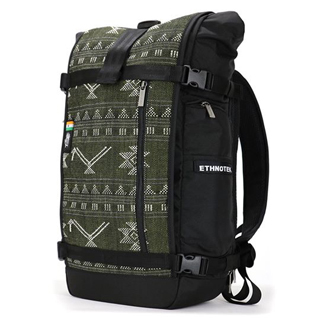
Ethnotek backpacks come with a removable Thread that’s hand-knit by artisans in various countries. [ETHNOTEK]
“I knew this was a cultural tradition that certainly not a lot of people see anymore,” Orak was quoted as saying in the brand’s blog, “and I knew that the demand was diminishing because of the cost and the time it takes to create these textiles. The textiles and the culture surrounding them just inspired me ? how can I do something about raising awareness and demand for these textiles so that they don’t become extinct?”
Using his experience of being a bag designer, Orak came up with the idea of the Thread to make the business sustainable for the artisans.
To make sure the company stays true to its “sustainable mission,” Ethnotek bags have a lifetime warranty.
“That’s part of the sustainable mission, making something that lasts as long as possible, and isn’t just a throw-away,” he said.
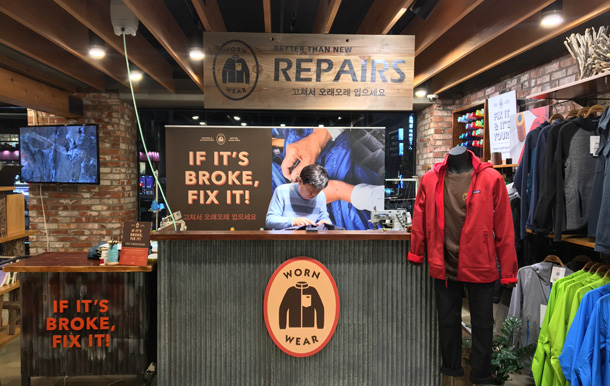
A repairs counter located in Patagonia’s Gangnam Store operates every Saturday, repairing old clothes of any brands for free to encourage people to refrain from unnecessary shopping. [YIM SEUNG-HYE]
Outdoor clothing and gear brand Patagonia is known for making efforts to make sure people don’t buy clothes so frequently, but instead mend their old ones for the sake of the planet. The brand even launched an ad campaign for this year’s Black Friday with the slogan, “Don’t Buy This Jacket” to encourage its customers to “show love to the planet.” The company donated 100 percent of global Black Friday sales in its stores and its website to organizations that work in local communities to protect air, water and soil for future generations.
Three weeks ago, Patagonia Korea installed a Repairs counter at its Gangnam branch store to attract more people to its “One Wear Campaign.” Every Saturday, a tailor works behind the counter to repair old clothes of any brand. The Repairs counter used to be located at Patagonia’s Dobongsan branch, but to allow for more people to access the service, it recently moved to the Gangnam branch.
“Patagonia launched this campaign to encourage people to mend their clothes and wear them for as long as they can,” said Park Jong-in, an employee at the Gangnam store. “Currently, we provide the service for free, but because the work has been overwhelming, we are thinking of limiting it to Patagonia products in the near future.”
“Allowing consumers to repair old clothes rather than buying new clothes so often goes beyond just lengthening the duration of clothes but also encouraging them to limit reckless consumerism and help consume rationally and care for the planet,” he added.
BY YIM SEUNG-HYE [sharon@joongang.co.kr]










with the Korea JoongAng Daily
To write comments, please log in to one of the accounts.
Standards Board Policy (0/250자)